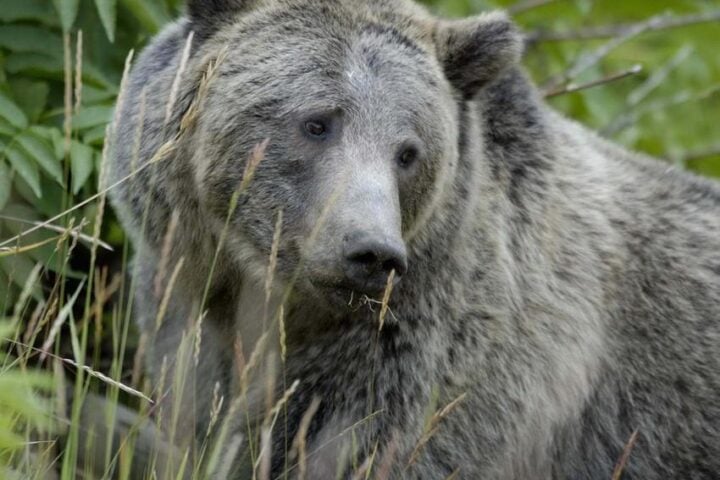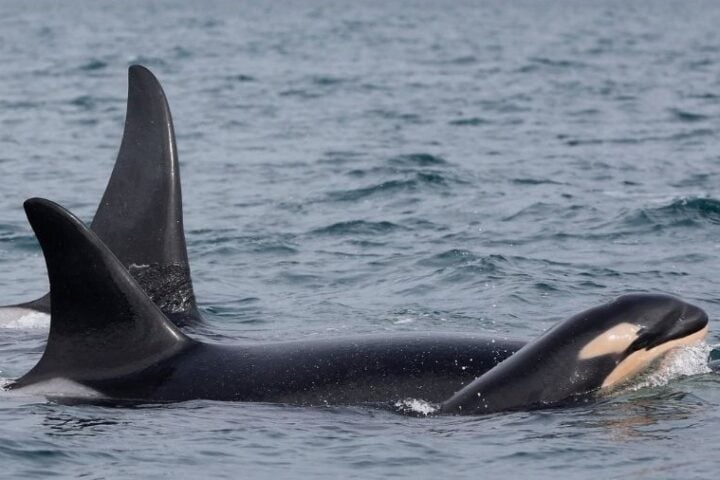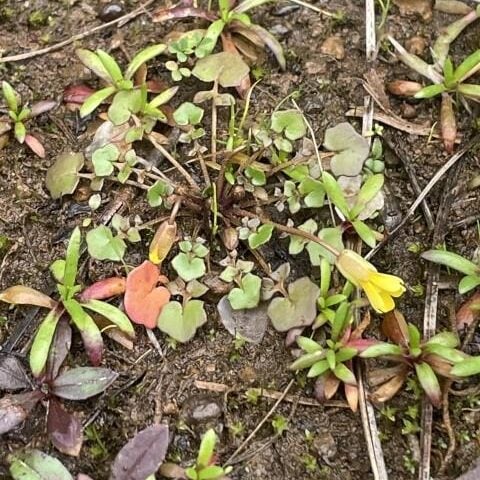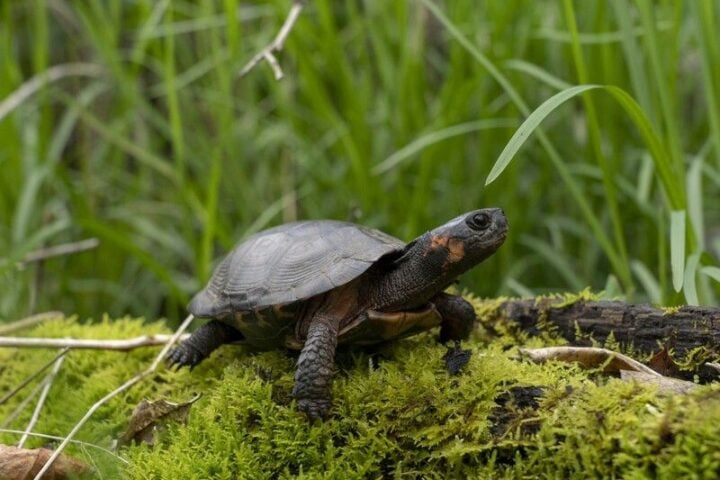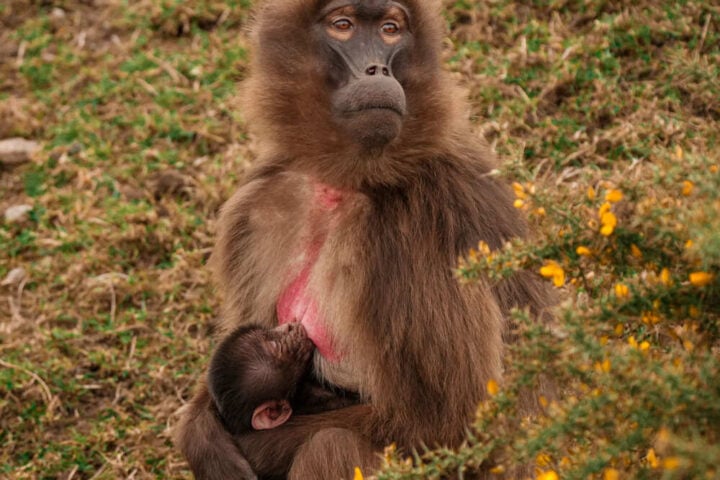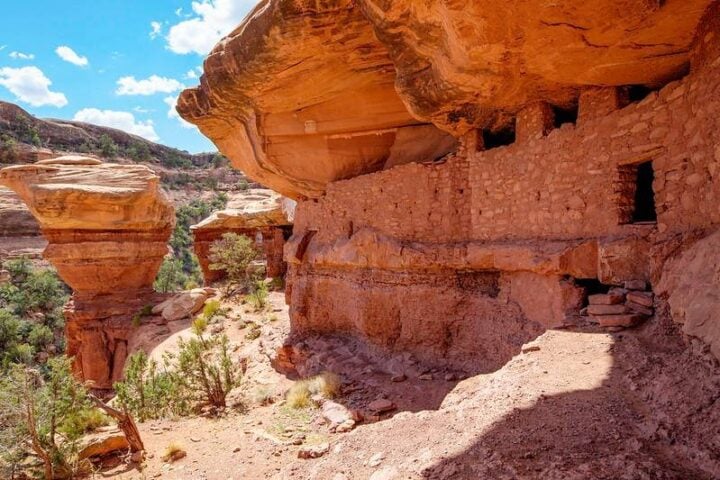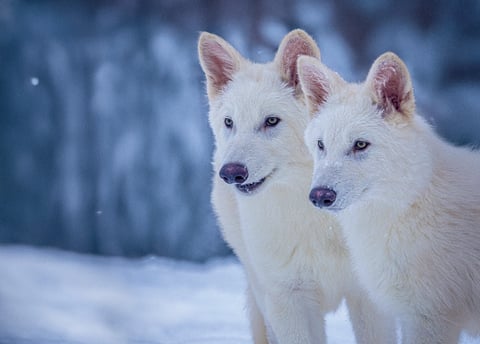In a world where biodiversity is dangling on a thinning thread, innovative measures are more than a necessity. Revive & Restore, a non-profit at the forefront of integrating biotechnology into conservation, has launched a pioneering initiative that veers away from conventional methods. This initiative, a robust biobanking program, is the brainchild of a partnership with the U.S. Fish & Wildlife Service, aiming to safeguard the genetic diversity of endangered species across the United States.
A Leap Towards Genetic Salvation
The program isn’t just about conservation; it’s about genetic resurrection. “This is about creating a legacy of America’s natural history before it is lost and provides an important resource to enhance species recovery efforts now and in the future,” asserts Ryan Phelan, Executive Director of Revive & Restore.
However, the path isn’t bereft of challenges. With over 1,700 U.S. species listed as threatened or endangered, a mere 14% have living tissue cryopreserved. The new biobanking initiative is a race against time, a crucial step in preserving irreplaceable genetic diversity, as emphasized by Seth Willey of the US Fish & Wildlife Service.
The Science Behind Preservation
Biobanking goes beyond freezing cells; it’s about preserving the genetic blueprints of species teetering on the brink of extinction. The initiative isn’t a solo endeavor. It ropes in significant partnerships with ViaGen Pets & Equine, the U.S. Department of Agriculture, and San Diego Zoo Wildlife Alliance, creating a scalable biobanking pipeline.
Dr. Shawn Walker of ViaGen highlights the initiative’s historic significance, acknowledging the invaluable genetic roadmap it offers for preserving endangered species. Similarly, Dr. Oliver Ryder of San Diego Zoo Wildlife Alliance sees this as a mandate for expanded efforts in biobanking living cells.
Similar Posts
Melding Technology with Conservation
Fast forward to September 17-20, Revive & Restore catalyzed another monumental event: a workshop on Stem Cell Technology for Genetic Rescue in San Diego. This congregation wasn’t just a meeting; it was a fusion of minds from academia, industry, and zoos worldwide, all fixated on a singular goal – utilizing stem cell technology in wildlife conservation.
The workshop wasn’t a mere exchange of knowledge. It was an ideation hub, where state-of-the-art techniques met hands-on problem-solving. Participants delved into advanced stem cell technologies, celebrated conservation success stories, and most importantly, engaged in collaborative exercises envisioning the future of conservation.
The Road Ahead
These initiatives by Revive & Restore signify more than progress; they represent a paradigm shift in conservation efforts. They underscore the potential of genetic technologies not just as tools of preservation, but as torchbearers of resurrection.
Yet, the journey is fraught with complexities, ethical conundrums, and technological impediments. The success of such endeavors hinges not just on scientific advancement, but on regulatory landscapes, public perception, and the ever-pressing constraint of time.
In this intricate interplay between science and survival, one question looms large: Can we rewrite the rules of conservation before the ink of extinction dries?
The answer lies in the perseverance of initiatives like these, in the relentless pursuit of innovation, and perhaps, in our collective resolve to redefine the boundaries of possibility.

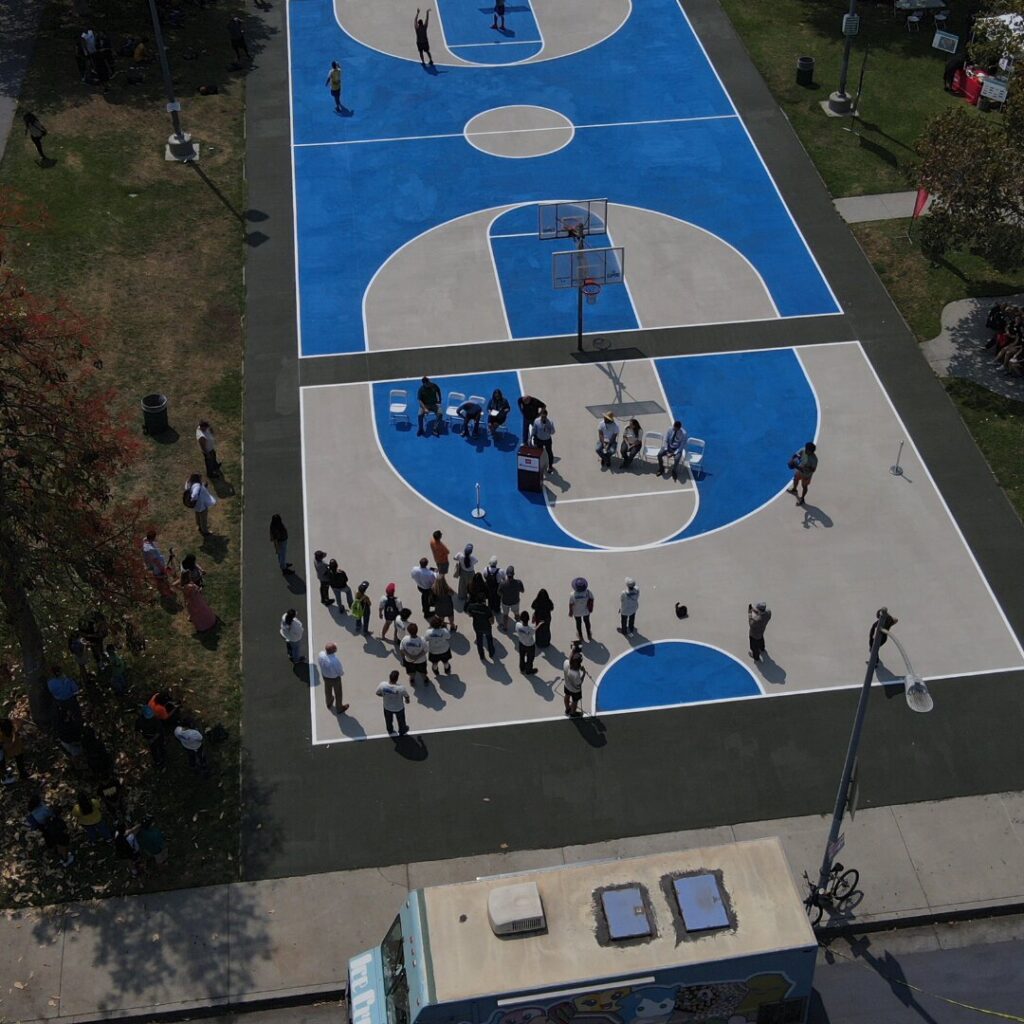





![Representative Image: European Starling [49/366]. Photo Source: Tim Sackton (CC BY-SA 2.0)](https://www.karmactive.com/wp-content/uploads/2025/04/Starlings-Drop-82-in-UK-Gardens-as-Birdwatch-2025-Reveals-Record-Low-Count-Since-1979-720x480.jpg)
